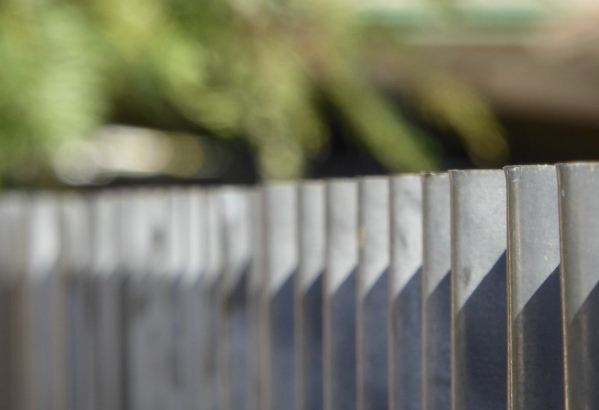 Fencing allows property owners and local authorities to set boundaries between plots of land and businesses, and they have become a staple in the average American neighborhood for dividing each adjacent plot. There are many different kinds of fencing, though, and depending upon the situation, one type or another might be more or less appropriate to use. Here are three of the most prominent kinds of fencing out there and what their primary purposes are.
Fencing allows property owners and local authorities to set boundaries between plots of land and businesses, and they have become a staple in the average American neighborhood for dividing each adjacent plot. There are many different kinds of fencing, though, and depending upon the situation, one type or another might be more or less appropriate to use. Here are three of the most prominent kinds of fencing out there and what their primary purposes are.
Chainlink Fencing
This type of fencing is made from steel wire that is coated with LLDPE (linear low-density polyethylene, a woven fabric), so it is strong, durable and won’t rot or easily give way to the elements. Because of its patterning, it can draw a boundary and add security to a property without blocking any sunlight. Chainlink fencing is popular for a variety of uses, from residential properties to public tennis courts.
Agricultural Fencing
Built primarily to keep animals within a designated area, agricultural fencing is made from a variety of materials and is used to provide farm fencing and ranch fencing Texas. Some is made from pipe, others from wood and still others from wire. To keep animals that can jump high (such as deer) in or out of an area, special fencing is needed that is taller than normal agricultural fencing.
Wooden Fencing
Wooden fencing – and especially wooden privacy fencing – is perhaps the most common choice of fence for the typical suburban neighborhood. Wooden privacy fencing, as its name suggests, is built with the pickets close enough together to block any real view through the fence, and therefore it acts not only as a boundary marker but also as a source of privacy. When building a wooden privacy fence, it is best to use wood that is treated to prevent rotting, as the fence will need to stay solid through years of rainfall.
Because of the security and even aesthetic quality they provide, any of these three kinds of fencing will be a great feature for any property.
